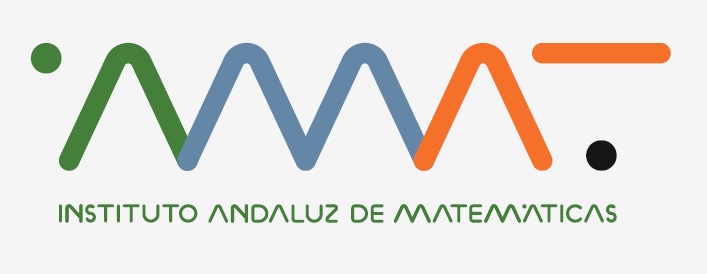Module 1. Bankruptcy problems (Vito Fragnelli)
30 November 9:00-12:30
15:00-17:30
Bankruptcy approach is suitable for several real world situations, from the pivotal ones in which a firm has some debits and is not able to cover all of them, to more general cases in which a scarce resource has to be allocated among different agents. In this part of the course the basic definitions and solutions for a bankruptcy problem will be provided. Then, two general representations of the solutions, namely hydraulic and flow ones, will be given. After, the bankruptcy games will be introduced, analyzing their main features, in particular the core. The main point in favor of the bankruptcy approach lies in its computational simplicity, that requires a minimal amount of data; on the other hand, this limited data flattens the differences among the agents involved, so other solutions were proposed, under the hypothesis that further data are available. A particular attention will be devoted to weighted and integer solutions. Two applications to real world problems, project management and museum pass problem conclude this part.
Module 2. Some applications of bankruptcy problems (Joaquín Sánchez-Soriano)
30 November 17:45-19:45
1 December 9:00-12:00
A bankruptcy problem describes a situation in which an amount of goods (called estate), perfectly divisible or not, must be distributed among a group of agents who have certain demands (claims) on them and that estate is not enough to satisfy those demands. This situation is the one that we can find when a company goes to bankrupt and must be liquidated among creditors, but the liquidation value of the company is not enough to fully satisfy the creditors. This situation gives the name to bankruptcy problems, but there are many other situations that have a completely analogous structure or can be modeled analogously and can therefore be analyzed in the same way. When a bankruptcy problem arises, it is necessary to design rules or mechanisms that allow the distribution of the estate in the most "fair" and "sensible" way among agents who have demands on the state. In the literature of bankruptcy problems we can find a number of rules, including the well-known proportional rule. But there are a large number of rules and each one has properties that make it attractive from different points of view. In the field of applications it is obvious that some rules or others will be more or less attractive depending on the properties they satisfy and how these properties are relevant or interesting for the particular problem being studied. In this course we will review some of the applications of bankruptcy problems to different real situations, which can be classified into different blocks: (1) applications of bankruptcy problems to engineering problems, (2) applications of bankruptcy problems to socio-economic problems and (3) other applications of bankruptcy problems. All these applications fall under the umbrella of what we might call scarce resource management, considering the term "resource" in a broad sense. Some of these applications consist of an almost direct use of the classic bankruptcy models, but many other applications have favored the generalization and extension of the theoretical framework of bankruptcy problems, incorporating new elements or considering new structures.
Module 3. The structure of the space of bankruptcy rules (Juan D. Moreno-Ternero)
1 December 12:15-14:15
15:45-18:45
The aim of this module is to scrutinize the structure of the space of rules to solve bankruptcy problems. First, we shall explore the axiomatic approach in which axioms that formalize focal properties with normative appeal are considered. Several combinations of these axioms will give rise to characterizations of the most well-known rules in the literature. Based on these results we shall be able to compare different rules on the grounds of the properties they satisfy. Then, we shall consider operators on the space of bankruptcy rules, to further uncover the structure of this space as well as to explore the robustness of some axioms. The two previous items will implicitly allow us to provide rankings of rules. Further options to rank them will also be explored on the grounds of their performance with respect to inequality or poverty. We conclude providing the connections of bankruptcy rules to classical solutions in cooperative game theory, as well as outlining further generalizations and extensions of the model (e.g., to a multidimensional setting).
Las inscripciones para esta actividad se realizarán por correo electrónico a admin2-imus@us.esindicando lo siguiente:
Nombre de la actividad:
Nombre completo del participante:
DNI o pasaporte:
Correo electrónico:
